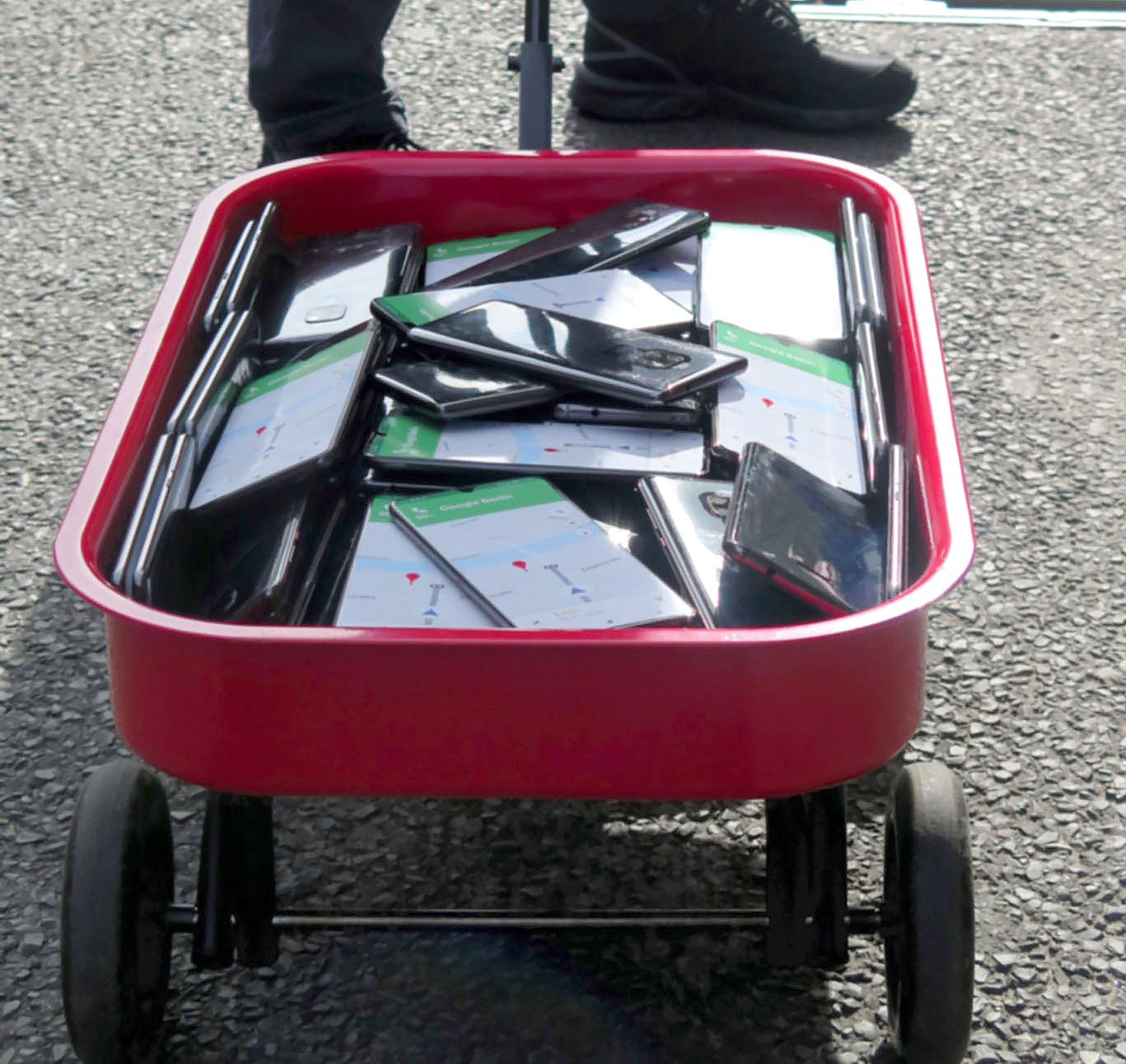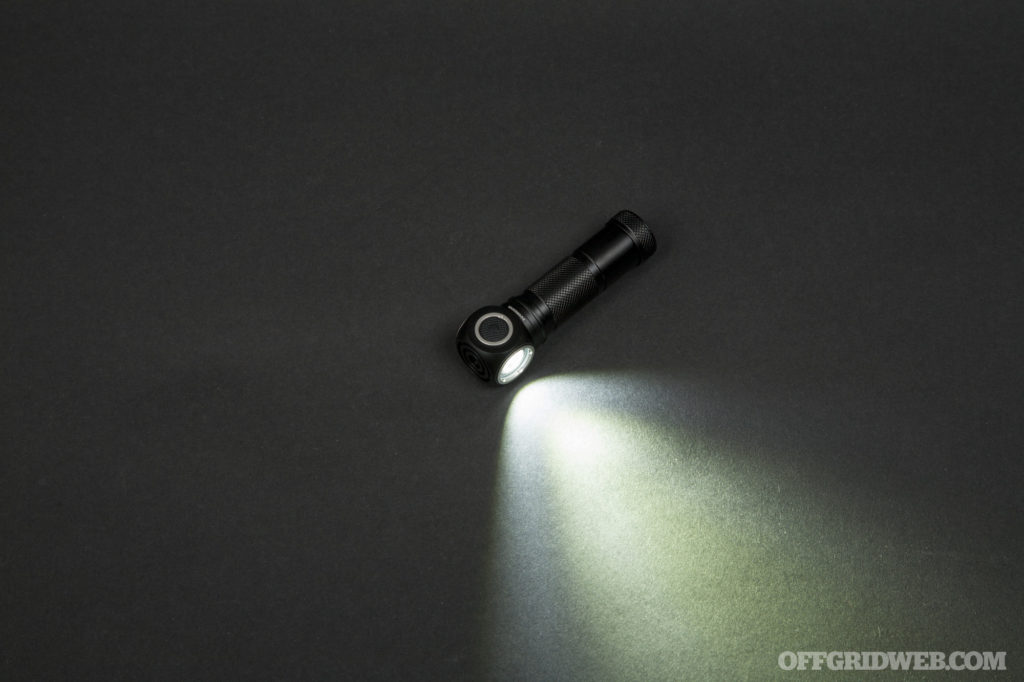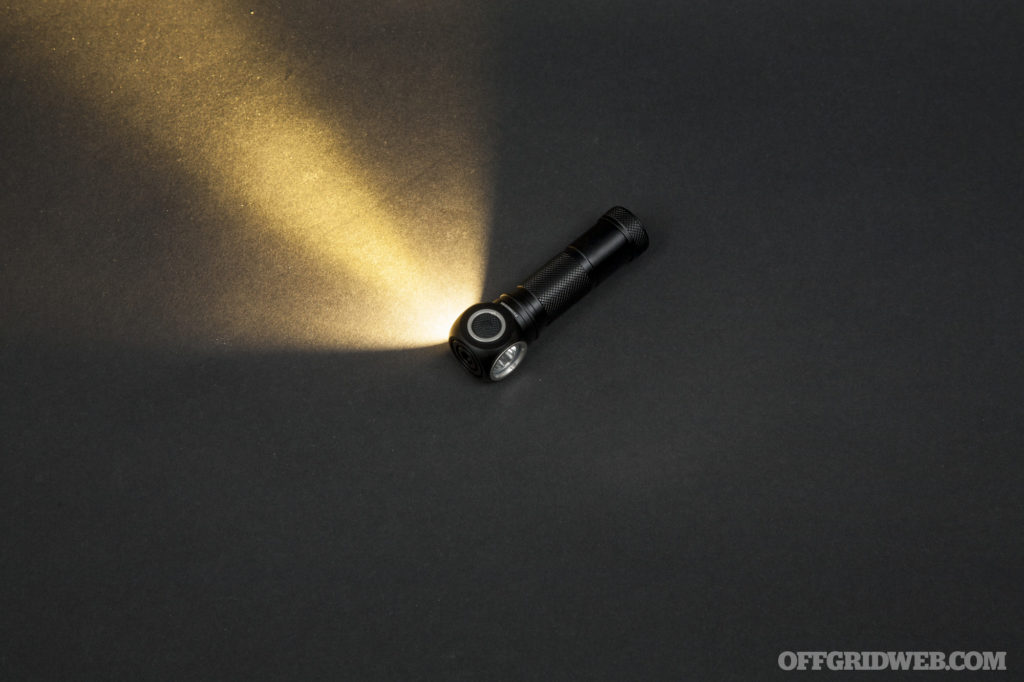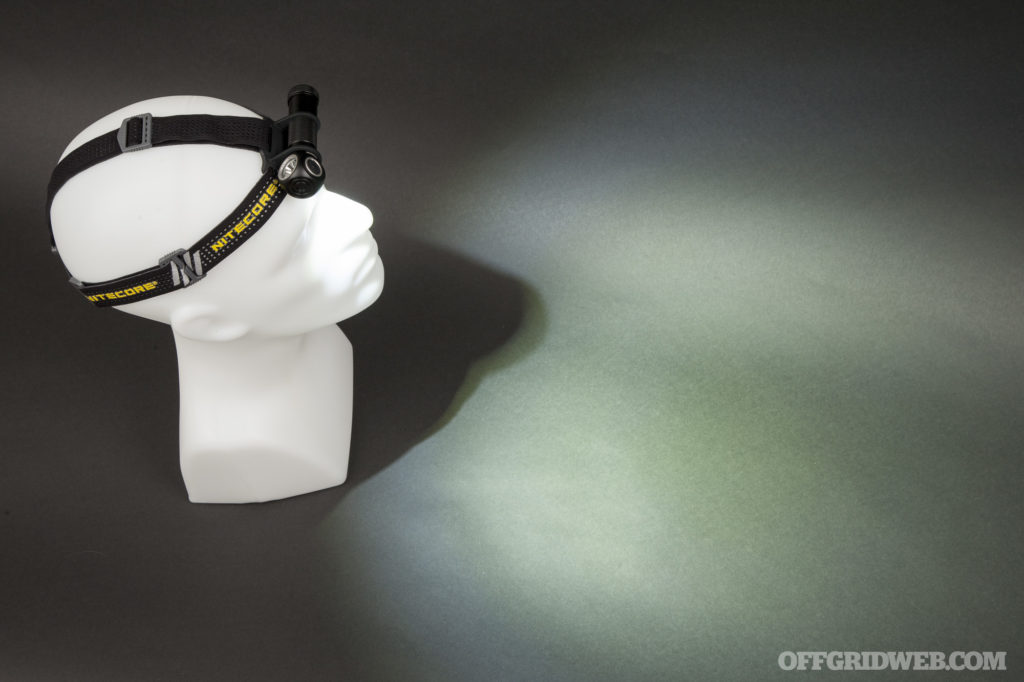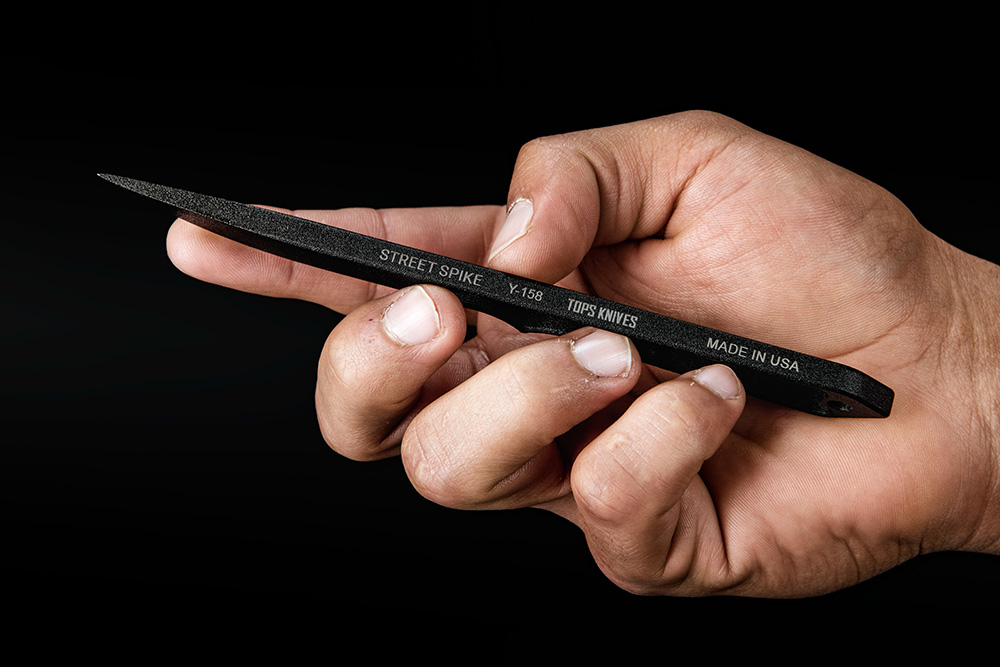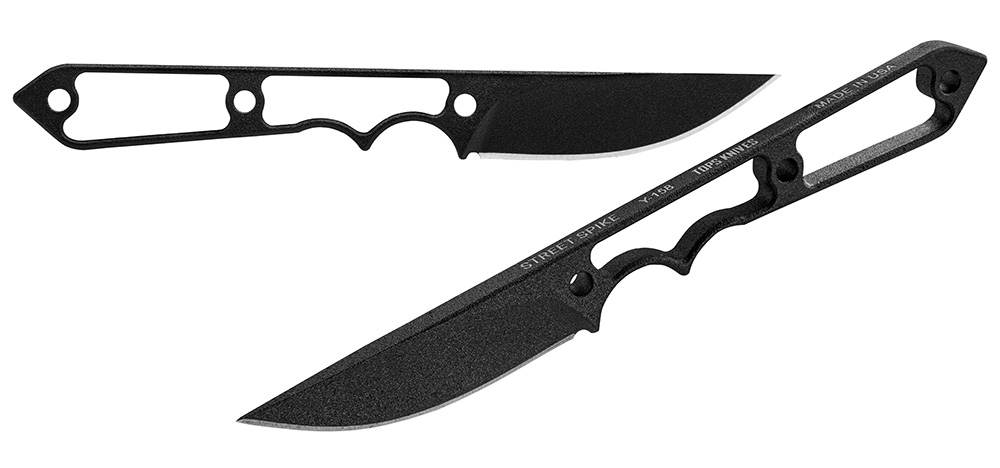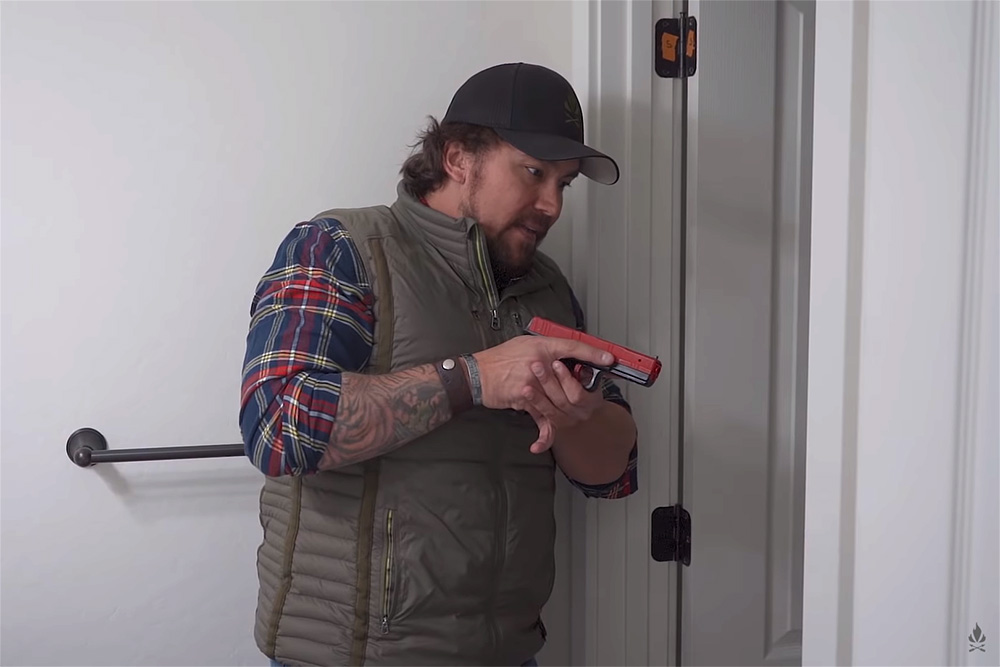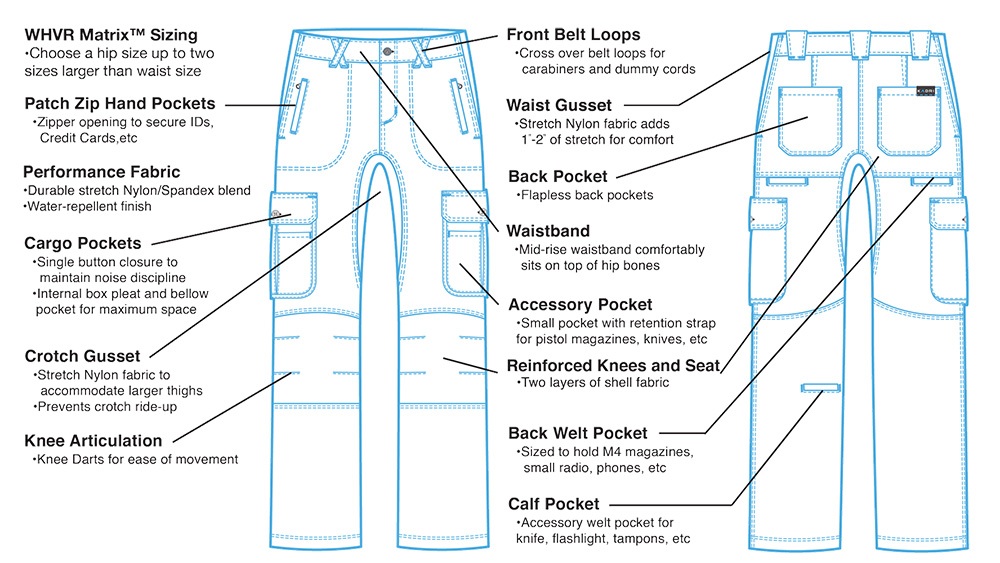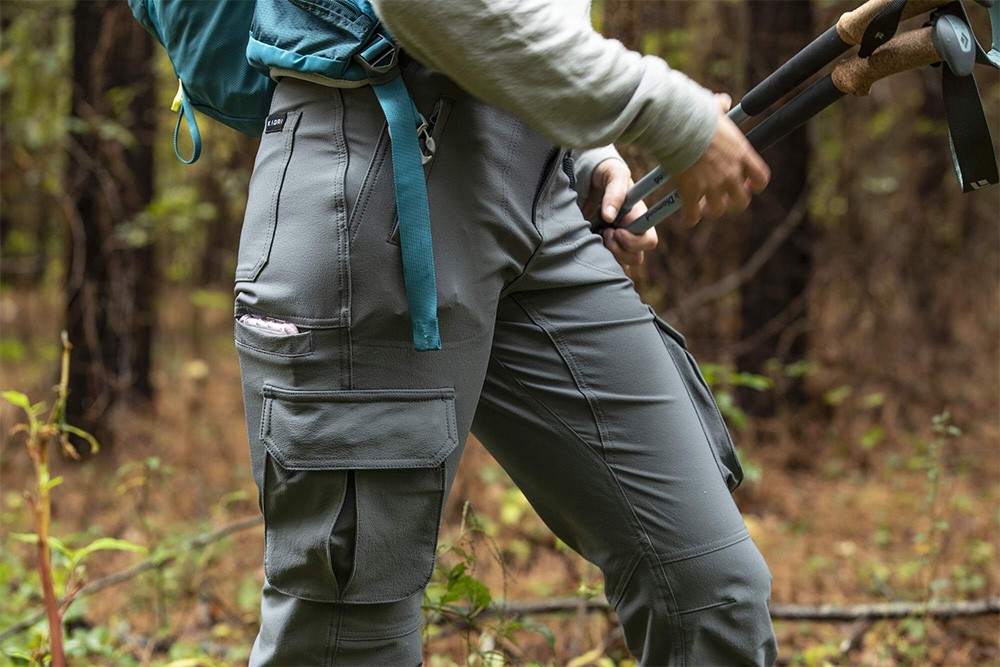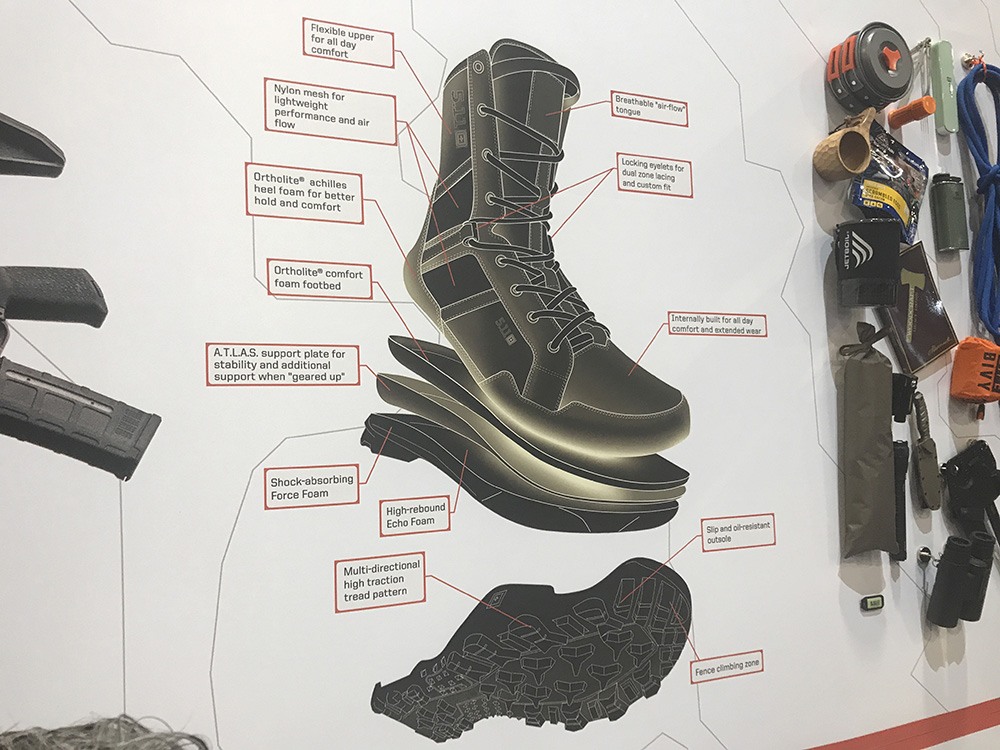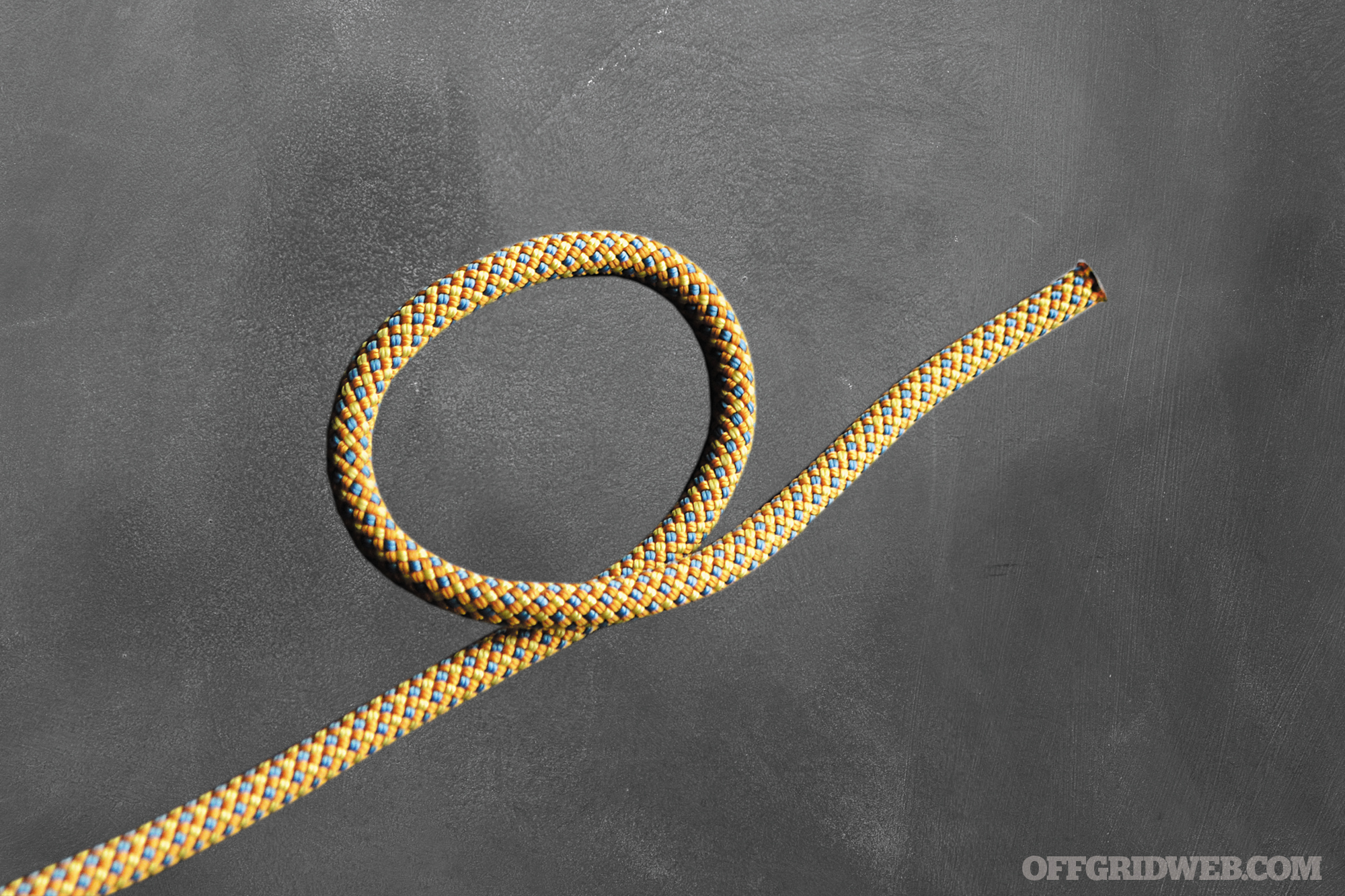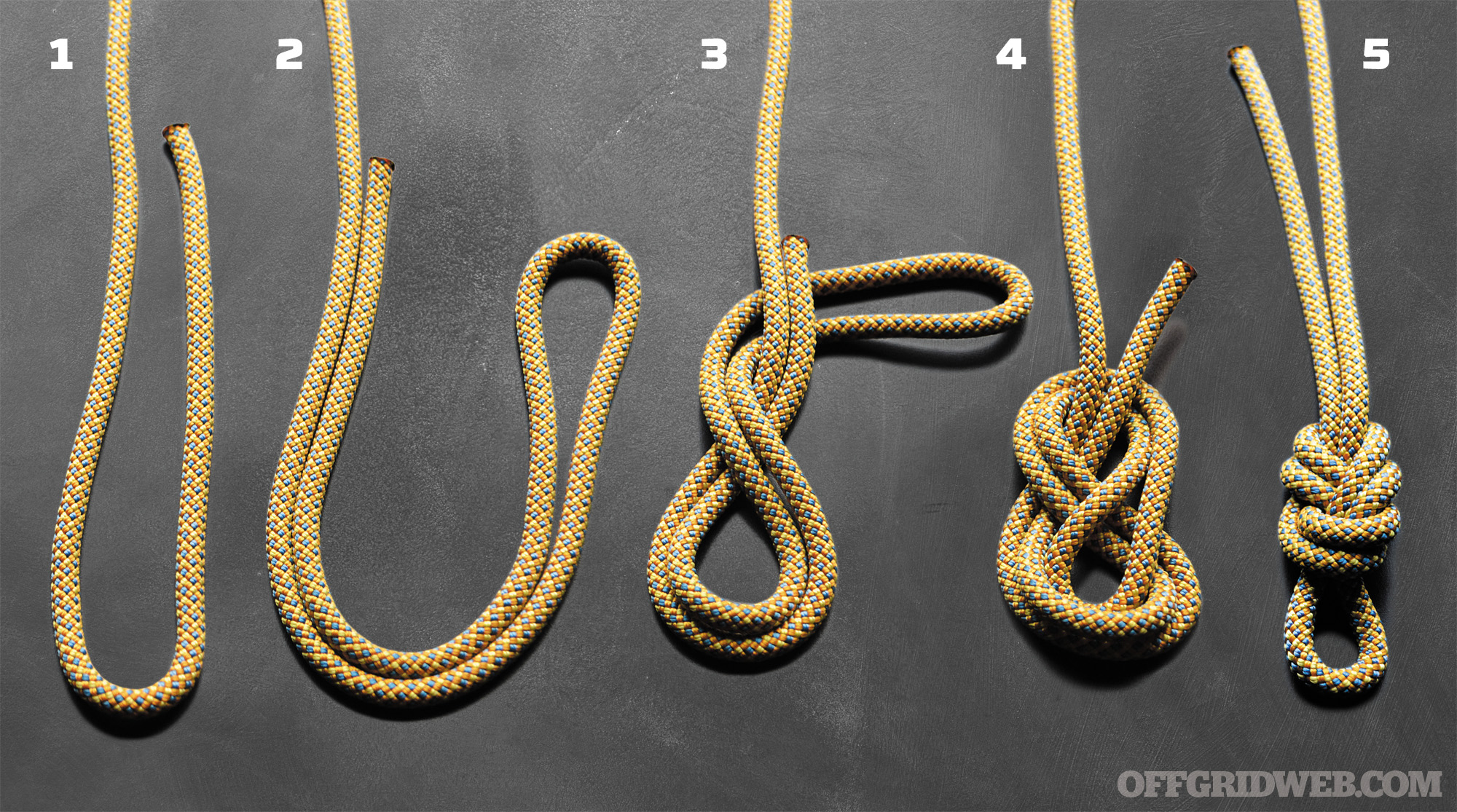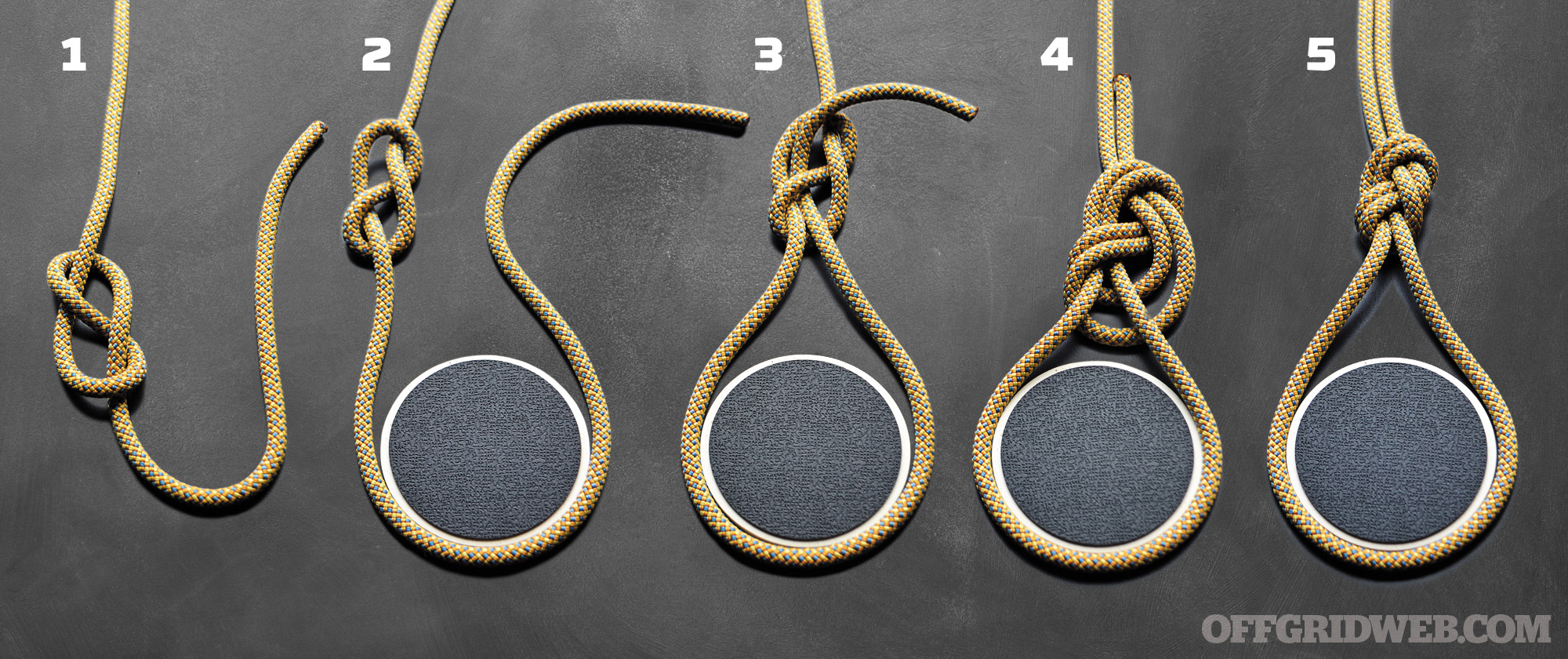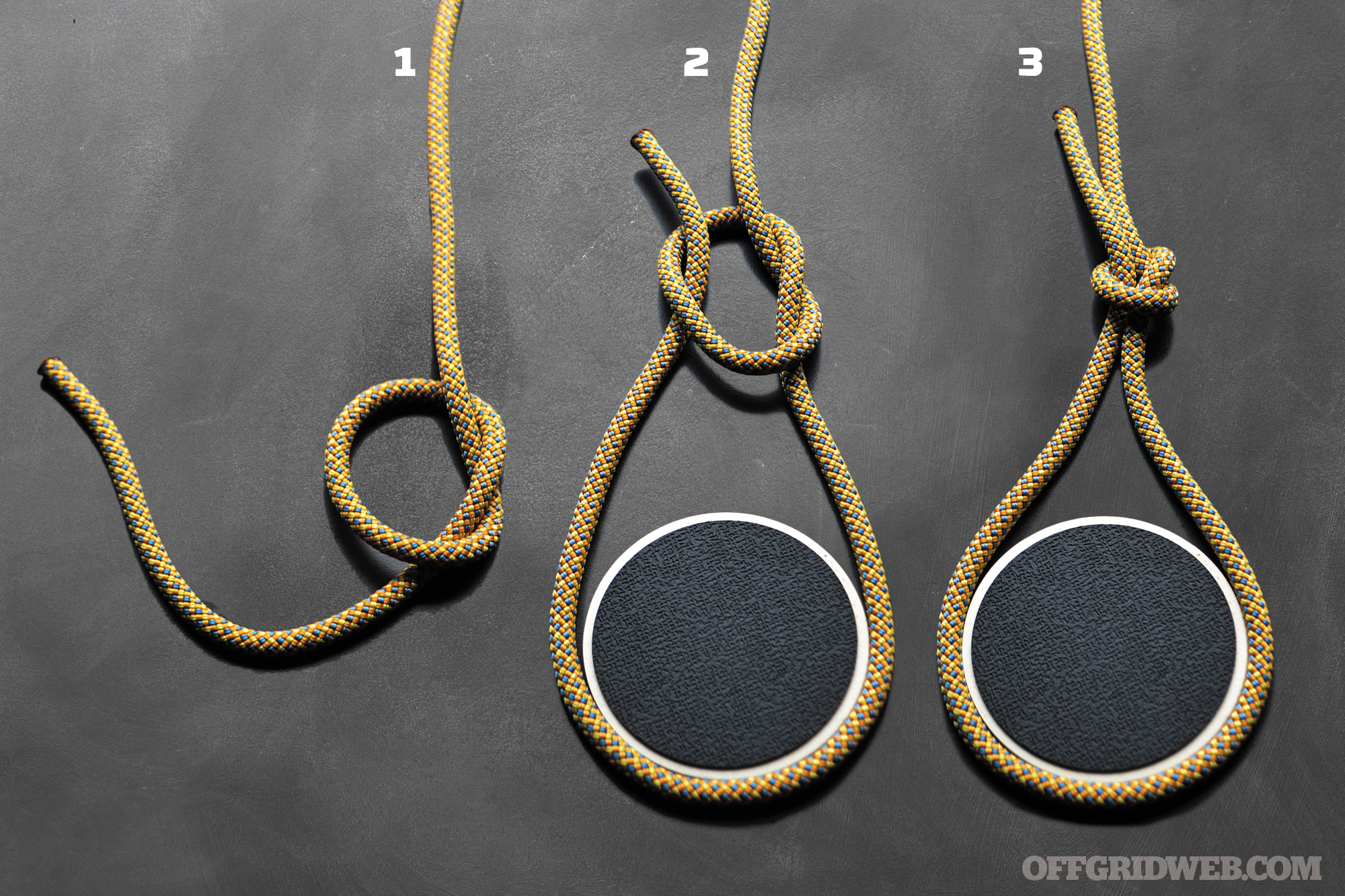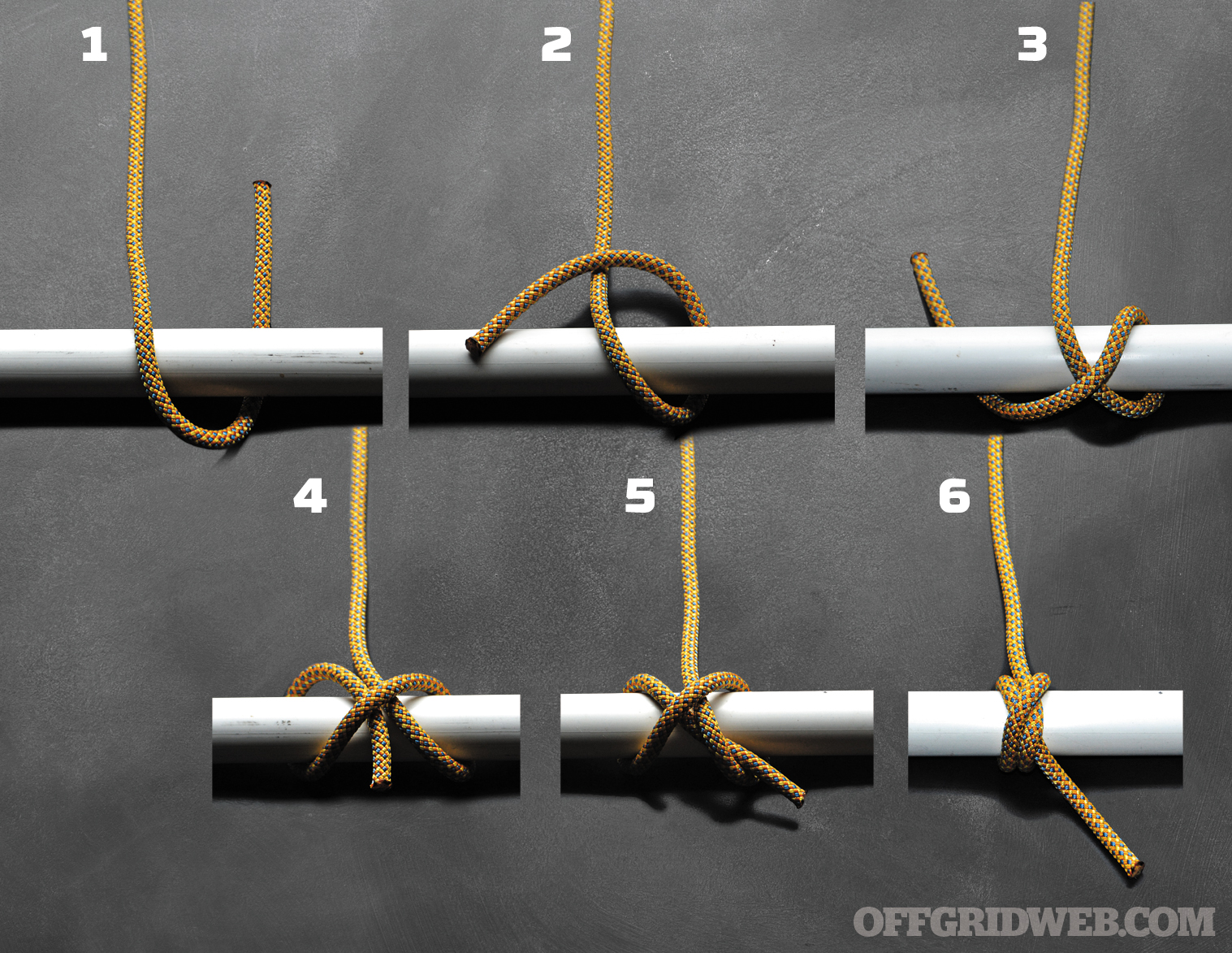Nighttime visibility is paramount in any emergency situation, but so is your manual dexterity. You’ve probably experienced this dilemma while trying to use a handheld flashlight and work with both hands. This often leads to attempts to balance the light on nearby objects, juggle it between hands, hold it in your teeth, or pinch it between your neck and shoulder. The obvious solution is to simply get a hands-free light that aims wherever you’re looking — in other words, a headlamp.
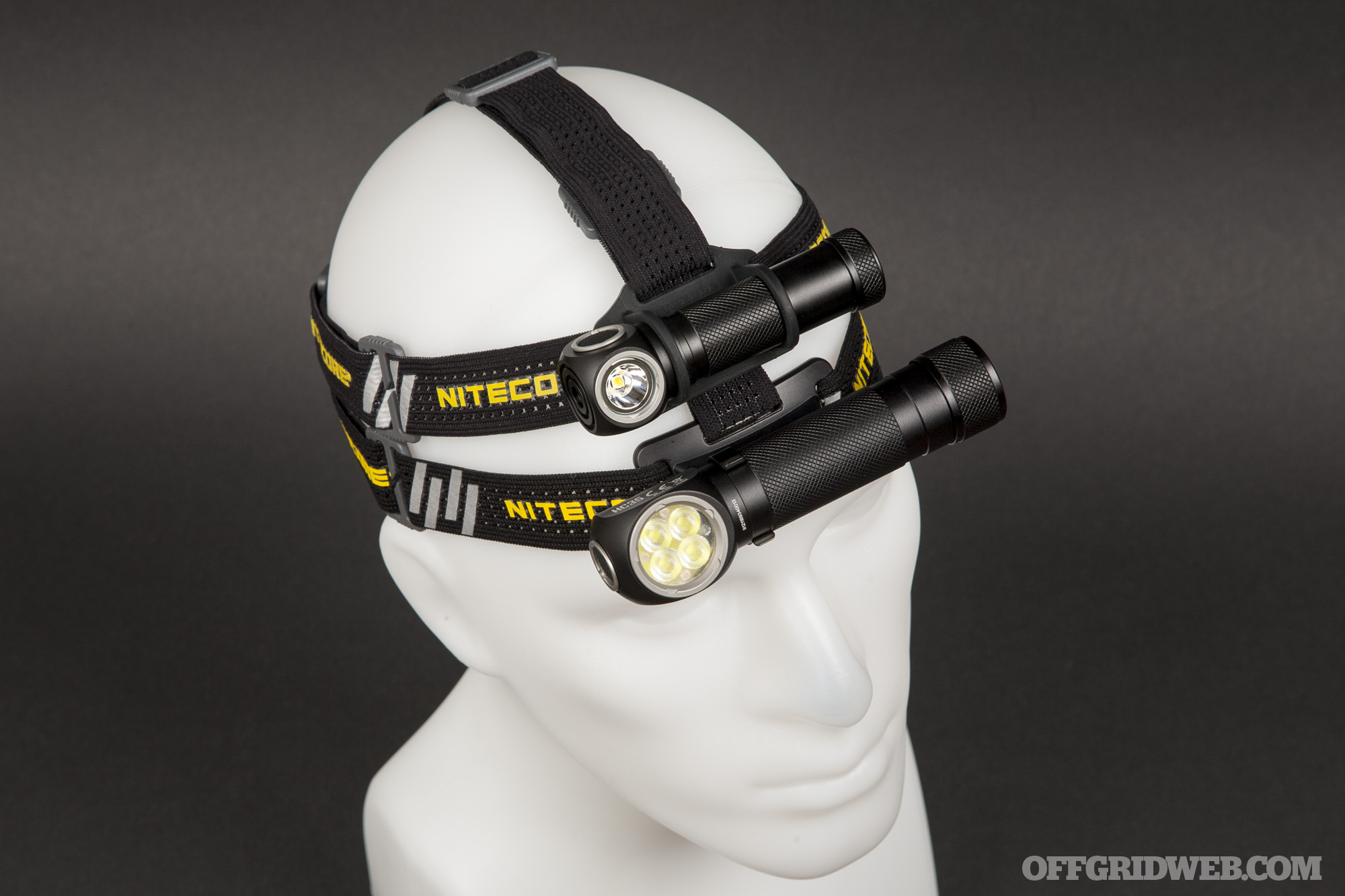
The Nitecore UT32 (top) and HC35 (bottom) are substantially different in size and purpose.
We’ve reviewed quite a few headlamps in the past, so we’re pretty well-acquainted with features we like and those we don’t. In our survival headlamp buyer’s guide in Issue 27, we gave our Top Pick award to the Nitecore HC65, so when we heard about two new models from that company, we were interested to try them out. The new Nitecore HC35 and UT32 occupy two different niches within the hands-free lighting market, so we’ll take a closer look at each headlamp below.
Nitecore HC35 Specs
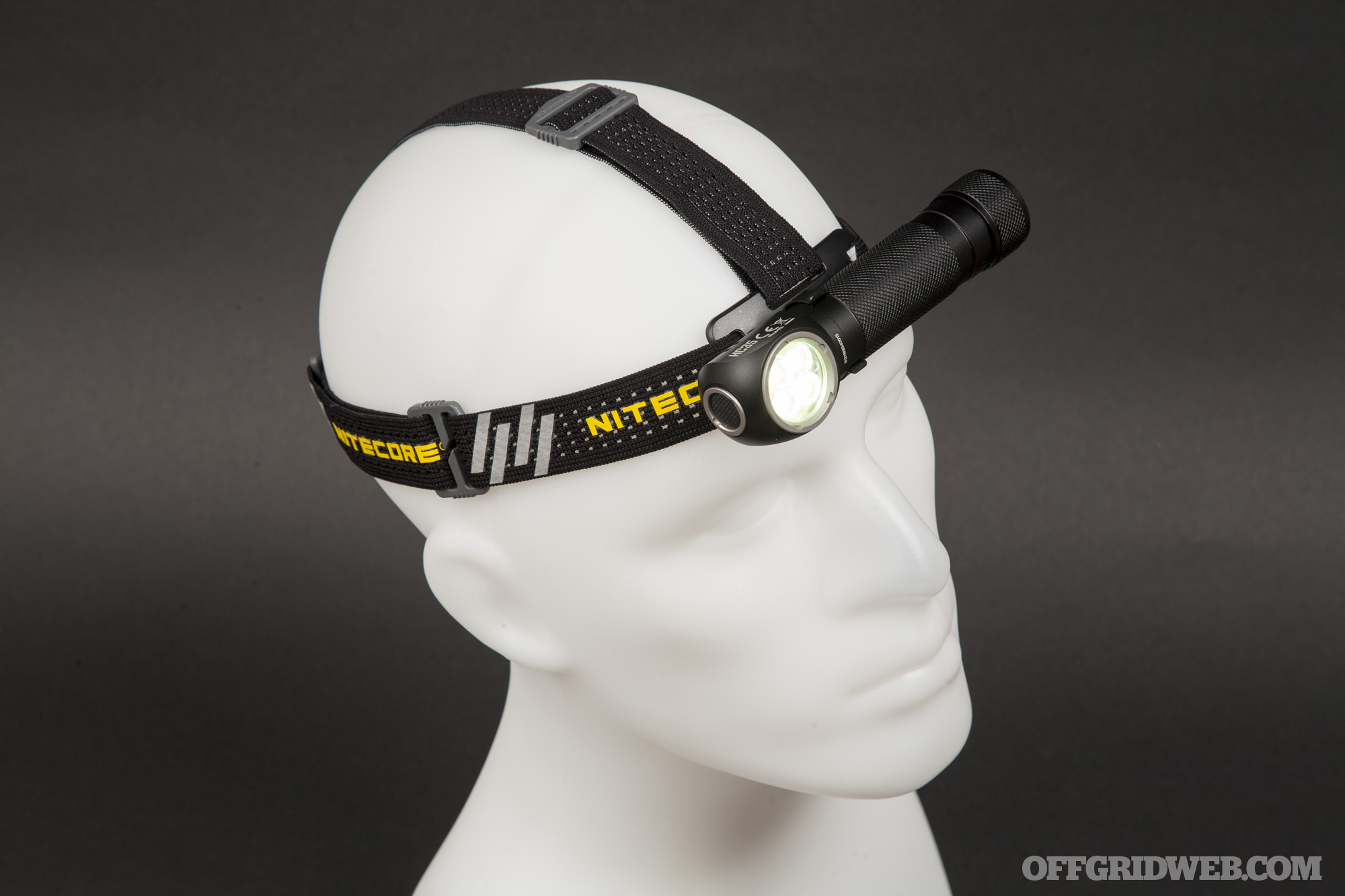
If maximum output is what you’re looking for, the Nitecore HC35 delivers. It can produce a staggering 2,700 lumens from four CREE XP-G3 S3 LEDs.
The HC35 is able to achieve this impressive output as a result of its power source, a large 21700 3.6V 4,000mAh lithium-ion battery (included). This battery is thicker than the 18650s or CR123s you’ll find in most flashlights, and offers continuous discharge of 15 amps for up to 3 minutes. All that juice means there’s enough power to push the LEDs to their limits.
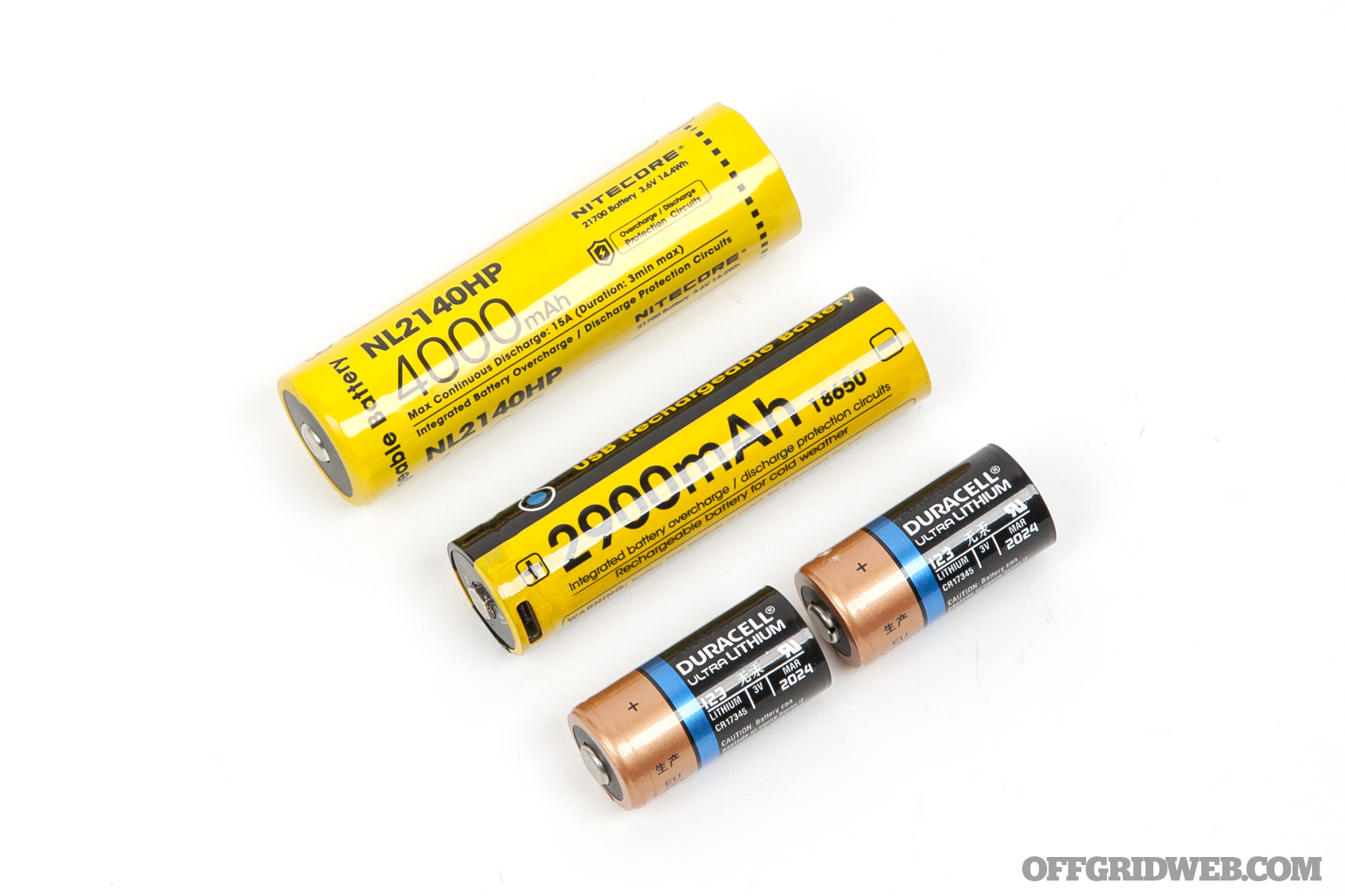
A 21700 lithium-ion battery (top) is noticeably larger than an 18650 or two CR123s.
The 21700 battery is rechargeable via a micro-USB port built into the flashlight housing, protected behind a rubber dust cover. A blue LED under the power button flashes to indicate charge level once a battery is inserted or when the light is disconnected from a USB charger.
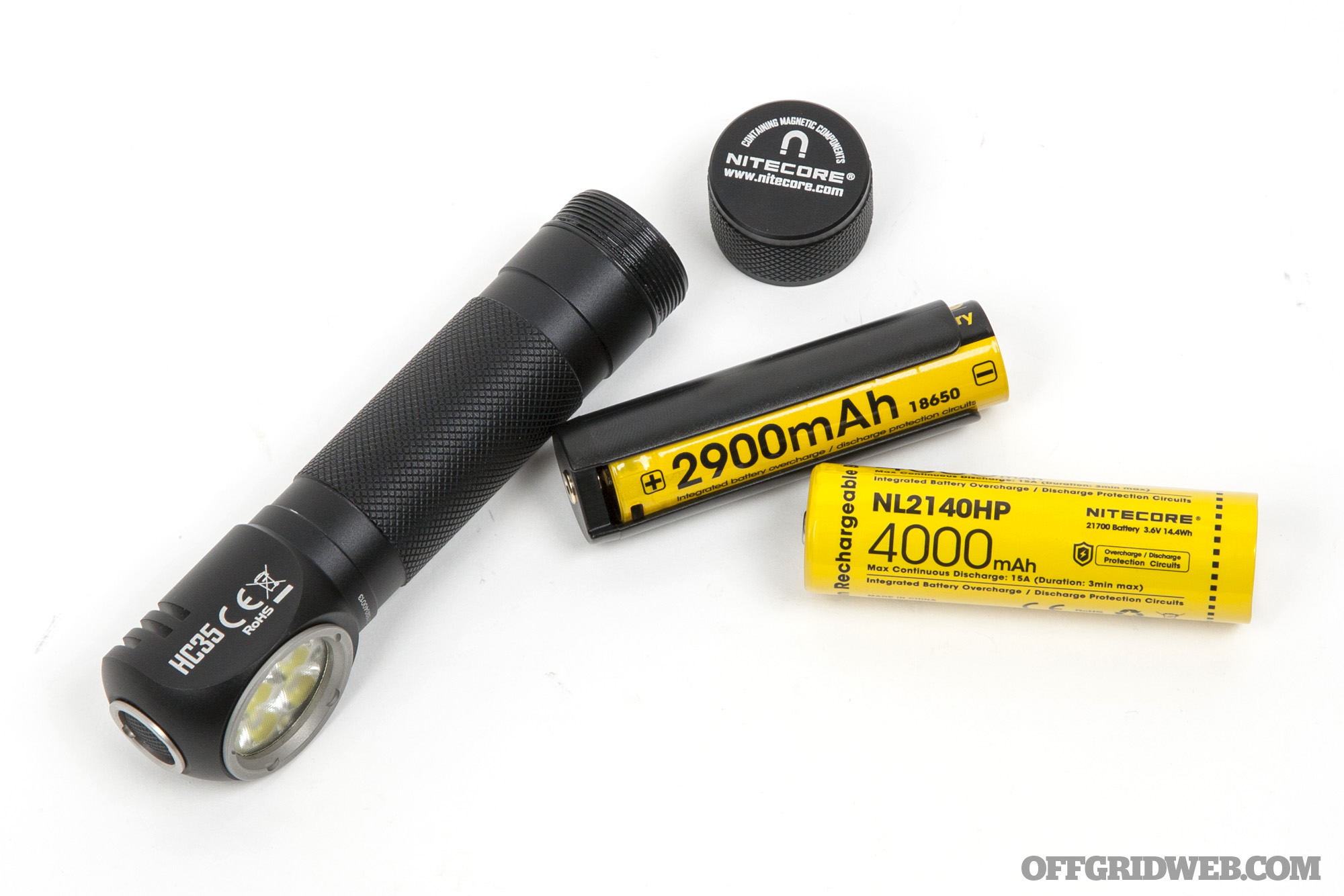
An adapter sleeve is included to allow the HC35 to accept 18650/CR123 batteries.
In a pinch, the light can be powered by a single 18650 or two CR123s. These batteries are slimmer, so they’ll need to be placed inside the included adapter sleeve. It’s also worth noting that the 2,700-lumen Turbo mode can only be used with a 21700 or high-discharge 18650 (8A or greater output); standard 18650s and CR123s will be limited to 800-lumen High output.
The HC35’s modes are as follows:
- Turbo – 2,700 lumens / 45 minutes**
- High – 800 lumens / 3 hours
- Medium – 270 lumens / 8 hours 15 minutes
- Low – 40 lumens / 52 hours
- Ultralow – 1 lumen / 1,200 hours
- Strobe – 2,700 lumens
- Beacon – 2,700 lumens
- SOS – 2,700 lumens
**According to the manual, this run time was achieved with the Advanced Temperature Regulation disabled. More on this later.
The light includes a 21700 battery, 18650/CR123 adapter sleeve, micro USB cable, reversible pocket clip, and head strap with mounting clip. This light is IP68 rated (waterproof/dustproof) and impact-resistant. MSRP is $100.
Our Impressions of the HC35
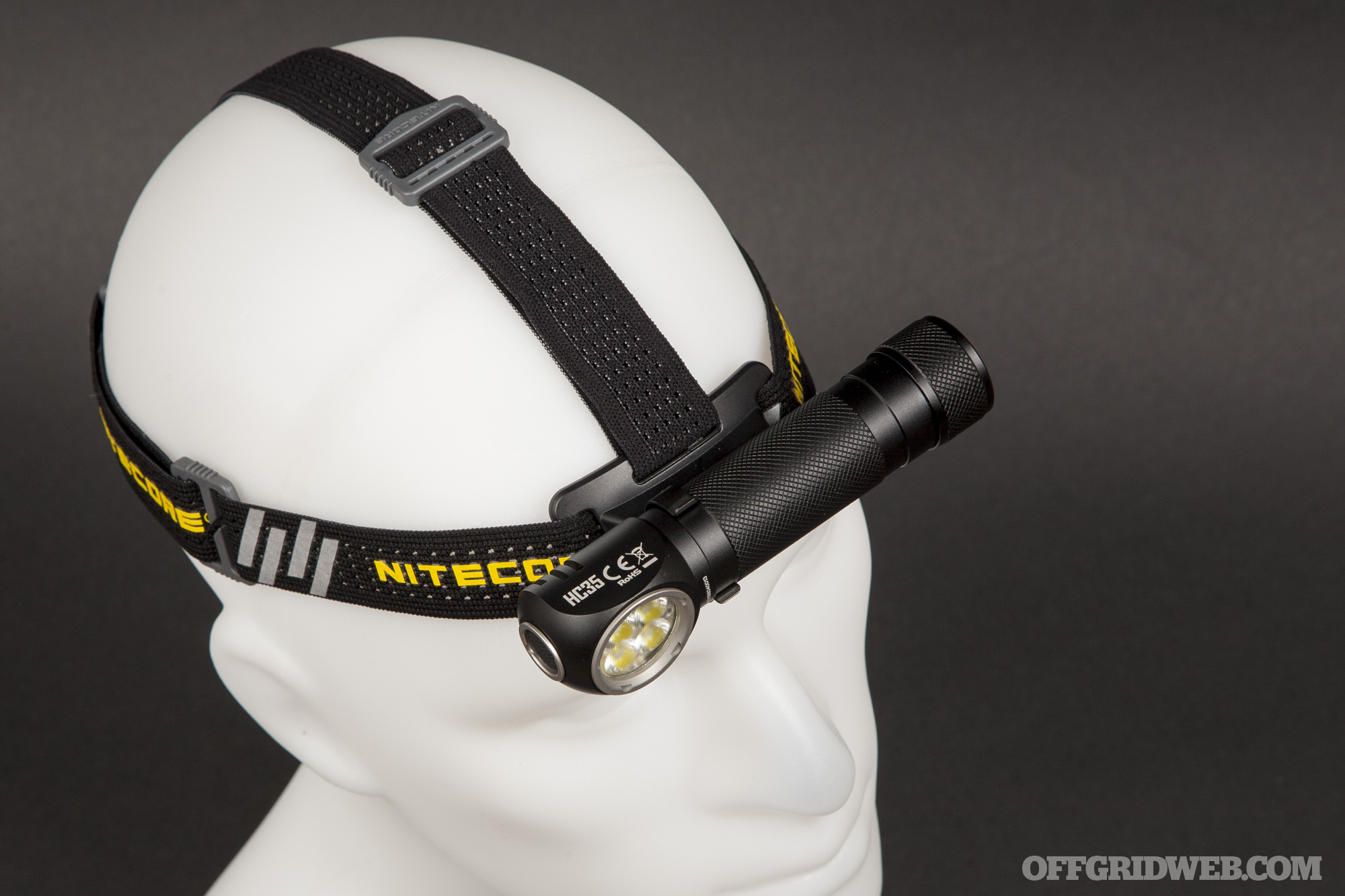
This is easily the brightest headlamp we’ve ever used — it’s nearly triple the output of the 1,000-lumen HC65 we previously reviewed. If this were focused into a tight spot beam, we’d say it’d be overkill for most tasks, but the frosted lens and quad-LED setup of the HC35 spreads the light into an extremely broad flood beam. That makes it quite useful for hiking and other medium-range outdoor tasks.
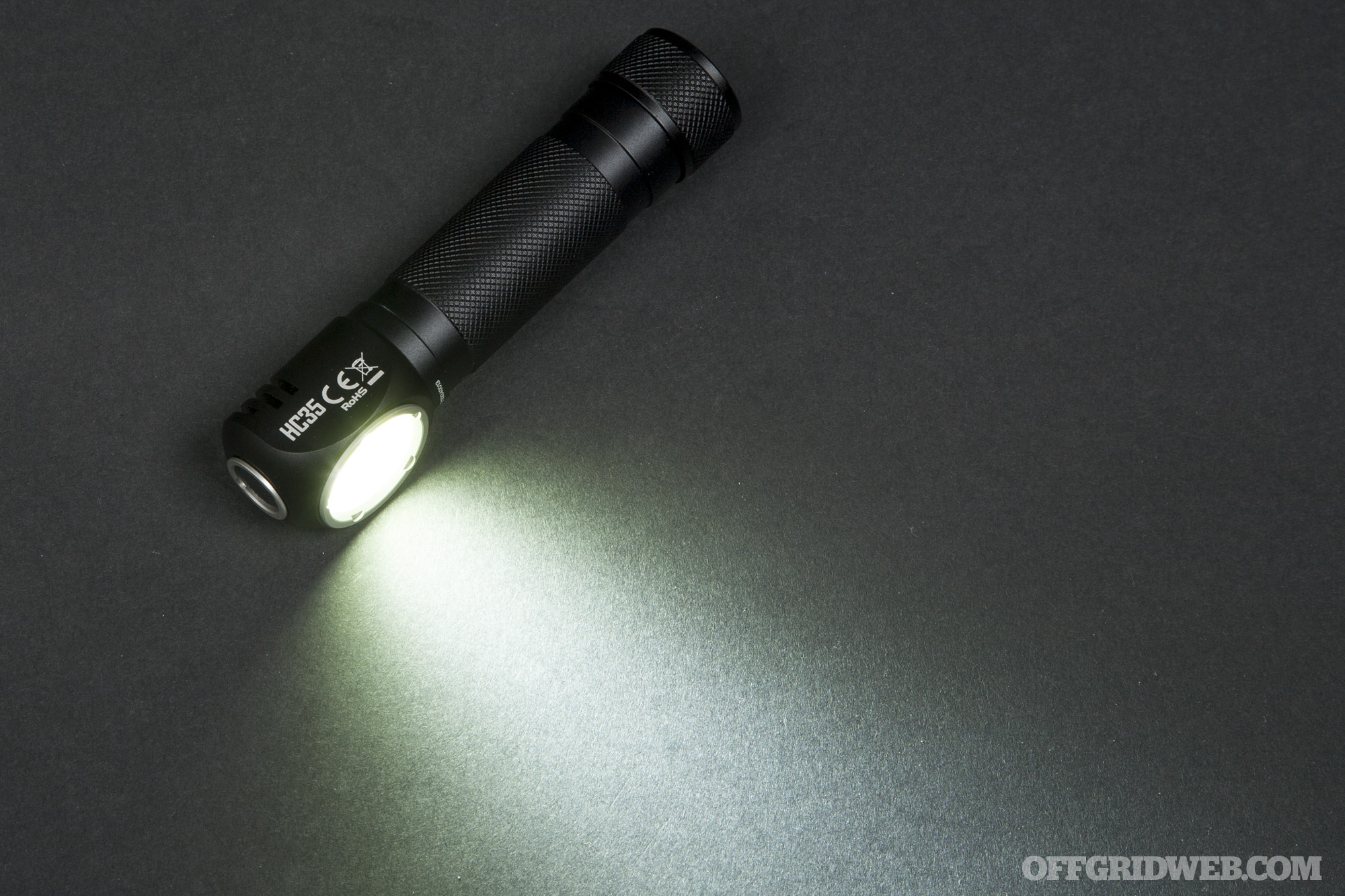
However, there’s a catch to this massive output: it generates a lot of heat. In order to avoid damage to the LEDs and housing, Nitecore added cooling fins to the head and built in Advanced Temperature Regulation (ATR) programming. ATR regulates the light’s output “according to working conditions and the ambient environment” — in other words, it steps down brightness to prevent overheating. That’s not necessarily a bad thing, because most high-output LED flashlights have similar safeguards built in, but our testing of this feature left us surprised and confused.
We tested this by activating the 2,700-lumen Turbo mode in a 68°F (20°C) room. It took exactly 30 seconds for the light’s output to drop from the full 2,700 lumens. We immediately switched back to Turbo mode to see if brightness would step down even faster as heat built up, but it reduced output at the 30-second mark again the second time. A third attempt produced the same result — 30 seconds every time. The head didn’t feel hot or even significantly warm after this testing.
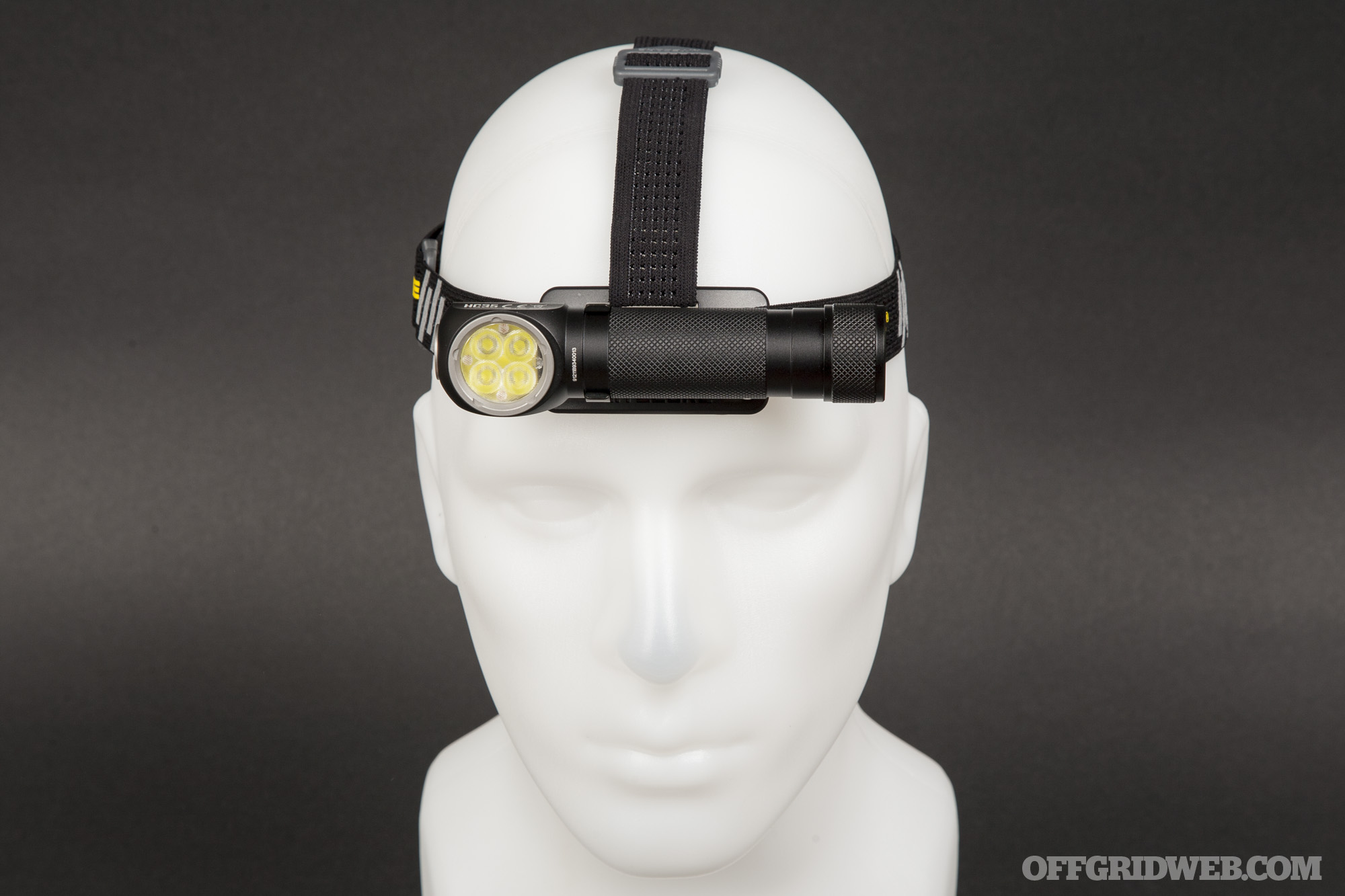
So, although the light can produce 2,700 lumens, we were unable to force it to do so for even one full minute. The manual’s fine print states that the 45-minute advertised run time in Turbo mode was achieved temperature regulation disabled (!). As far as we can tell, there’s no way to disable ATR on the production version of the flashlight. This is disappointing, since the light’s biggest selling point comes with such a huge caveat.
That said, we did appreciate the light’s multiple mounting options, including a magnetic tail cap and a reversible pocket clip that can be used to mount it on a belt, backpack strap, or shirt pocket. The headband is comfortable but the HC35 is quite heavy for a headlamp, so this definitely wouldn’t be our first choice for night hiking or extended active wear. We feel this light is best suited to situations where a wide swath of bright light is necessary for short periods — use at a campsite or during a power outage, for example.
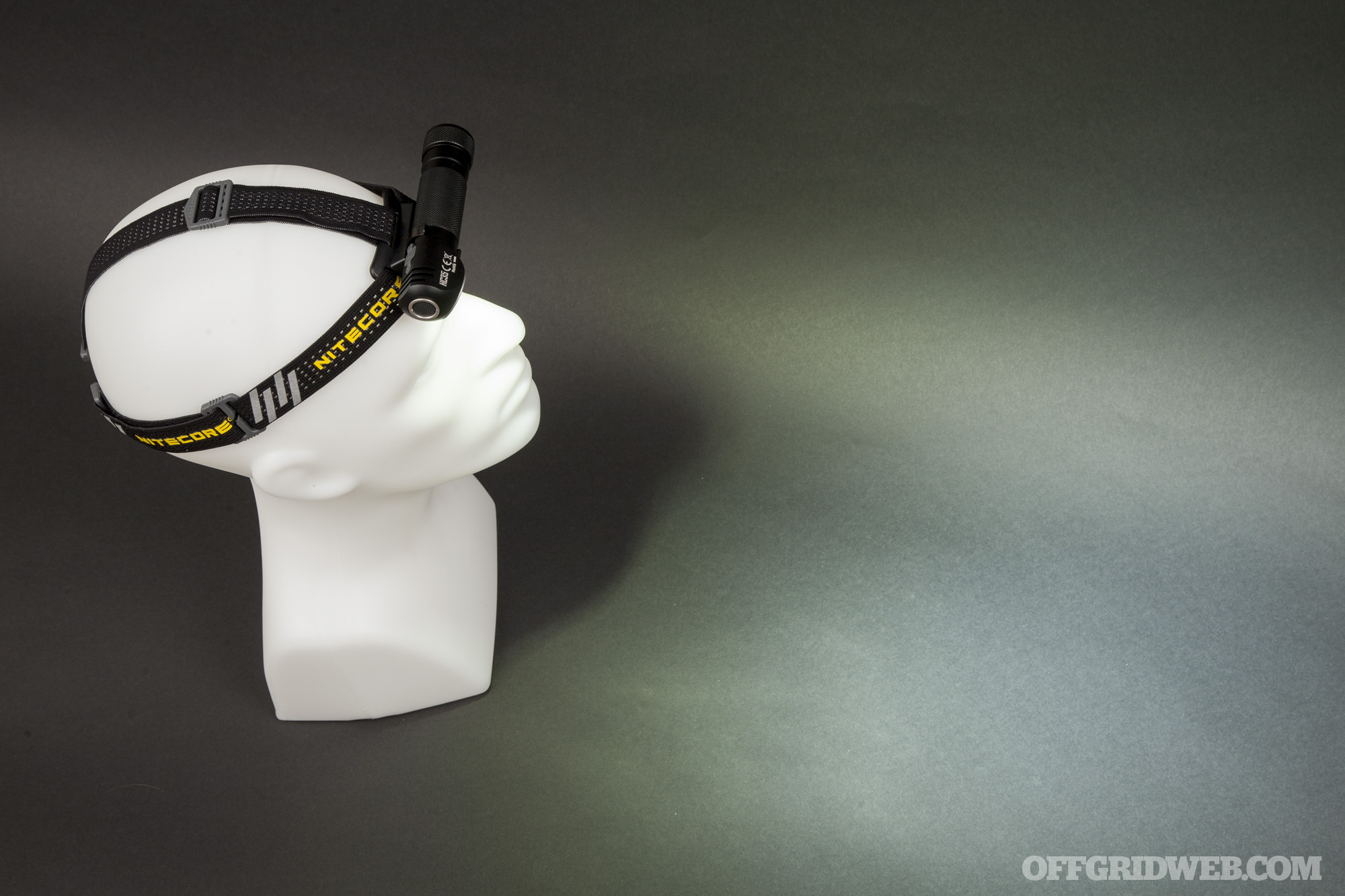
The HC35’s quad-LED array and diffuser lens produce a very wide flood beam.
Pros:
- Immensely bright in Turbo mode (for 30 seconds)
- Wide beam is useful for close- to medium-range tasks
- Large 21700 battery offers long runtime in High and Medium modes, with plenty of output
Cons:
- 2,700-lumen max output almost useless in the real world as a result of its 30-second limiter
- Large housing and heavy battery feel ungainly on the head during high-intensity activities
- Its size and bulk are doubly annoying when you realize that this is effectively an 800-lumen headlamp with a brief 2,700-lumen Turbo boost. There are many smaller and more comfortable lights that can produce 800 to 1,000 lumens, as long as you can do without Turbo mode.
Nitecore UT32 Specs
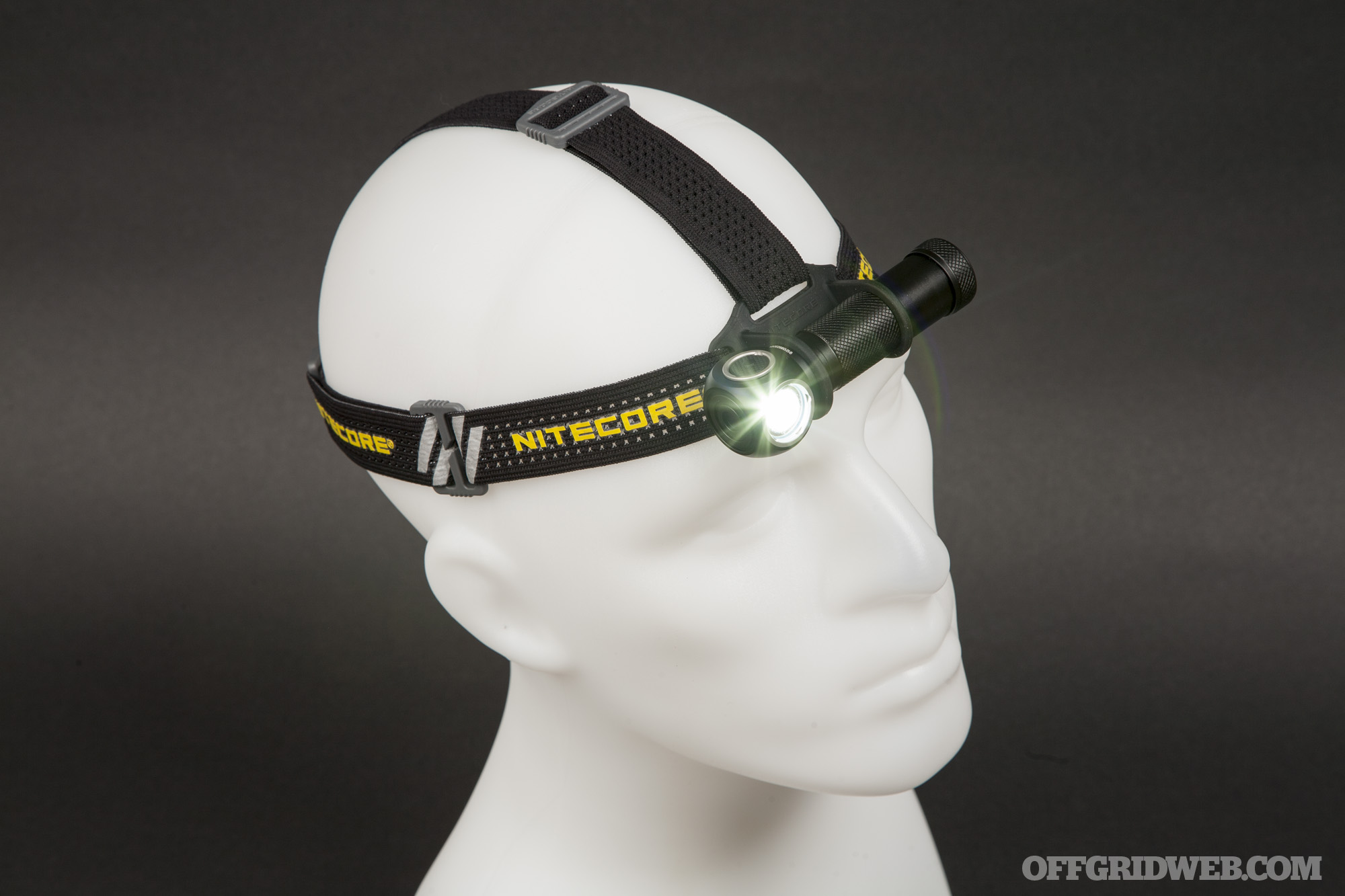
The UT32 occupies the other end of the headlamp spectrum from the bulky HC35, having been specifically designed for trail runners. Nitecore calls it an “Ultra Compact Coaxial Dual-Output Headlamp” — the first bit of that name is pretty straightforward, but the “Coaxial Dual-Output” portion intrigued us. It turns out that the UT32’s head is split in half, with each side containing a separate LED and reflector assembly.
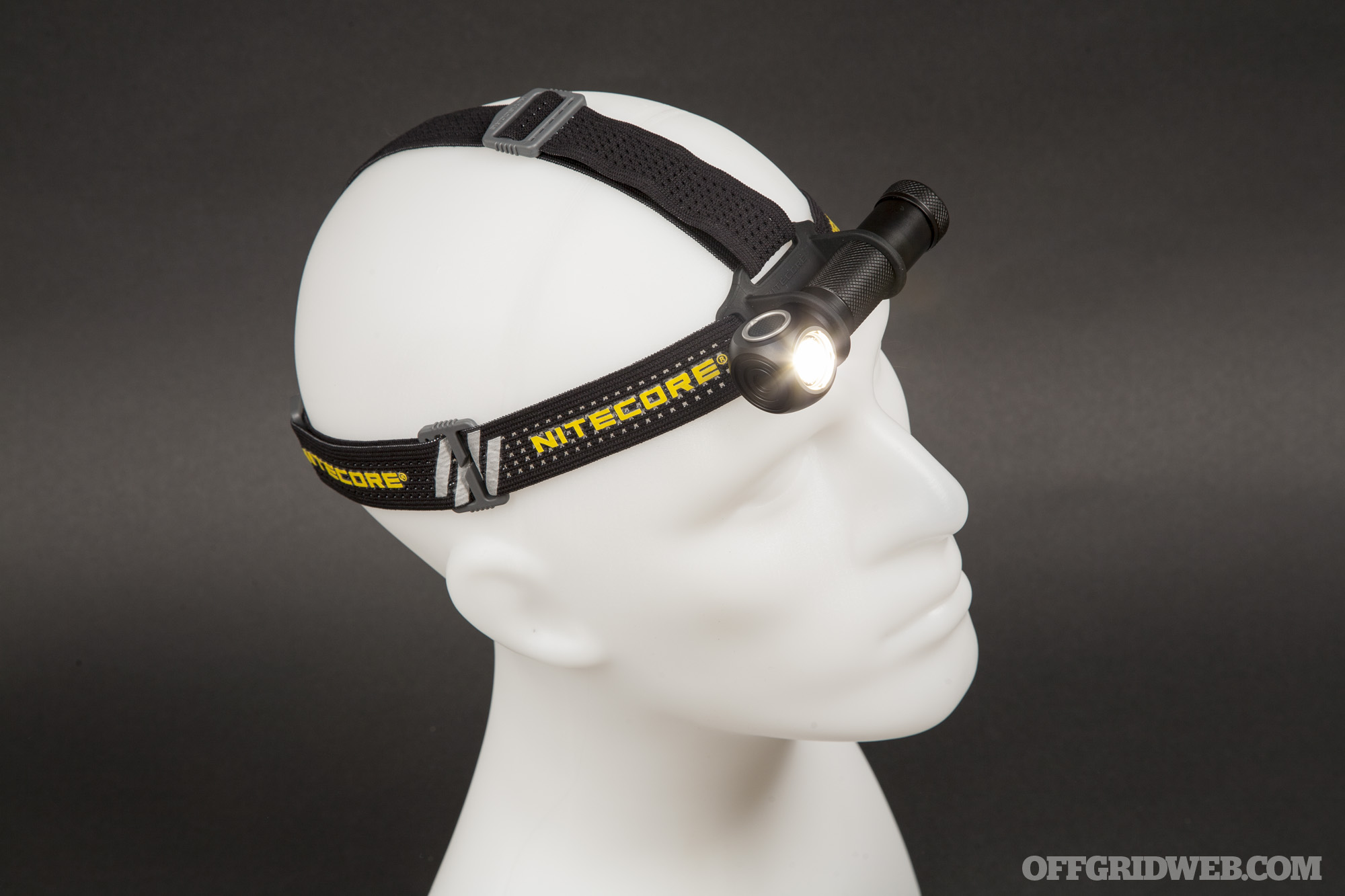
The first side of the Nitecore UT32 contains an 1,100-lumen TrueVision flood beam powered by a CREE XP-L2 V6 LED. This output offers a 5,700K color temperature, which is typically referred to as cool white. The reflector is designed to spread this light over a 100-degree area, mimicking the typical human field of view.
Above: The primary cool white and auxilary warm white LEDs are on opposing sides of the UT32’s head.
On the flipside of the UT32, there’s an auxiliary 920-lumen warm white spot beam. Nitecore says that scientific studies indicate this 3,000K color offers higher luminance contrast in low-visibility weather conditions — in other words, it does a better job cutting through fog and rain. Maximum throw with this warm white beam is 117 meters.
The UT32 is controlled by two buttons. Pressing both simultaneously turns on the light; pressing button A (the one with a raised bump) controls the cool flood beam; pressing button B (no bump) controls the warm spot beam. Each has the following modes:
- Turbo – 1,100 lumens / 1 hour 30 minutes** with flood beam; 920 lumens / 1 hour 30 minutes** with spot beam
- High – 410 lumens / 3 hours 45 minutes with flood beam; 370 lumens / 3 hours 45 minutes with flood beam
- Medium – 200 lumens / 8 hours with flood beam; 170 lumens / 8 hours with spot beam
- Low – 70 lumens / 18 hours with flood beam; 60 lumens / 18 hours with spot beam
- Beacon – 1,100 lumens with flood beam; 920 lumens with spot beam
- SOS – 1,100 lumens with flood beam; 920 lumens with spot beam
**According to the manual, this run time was achieved “with fan cooling, as a simulation of the trail running environment.”
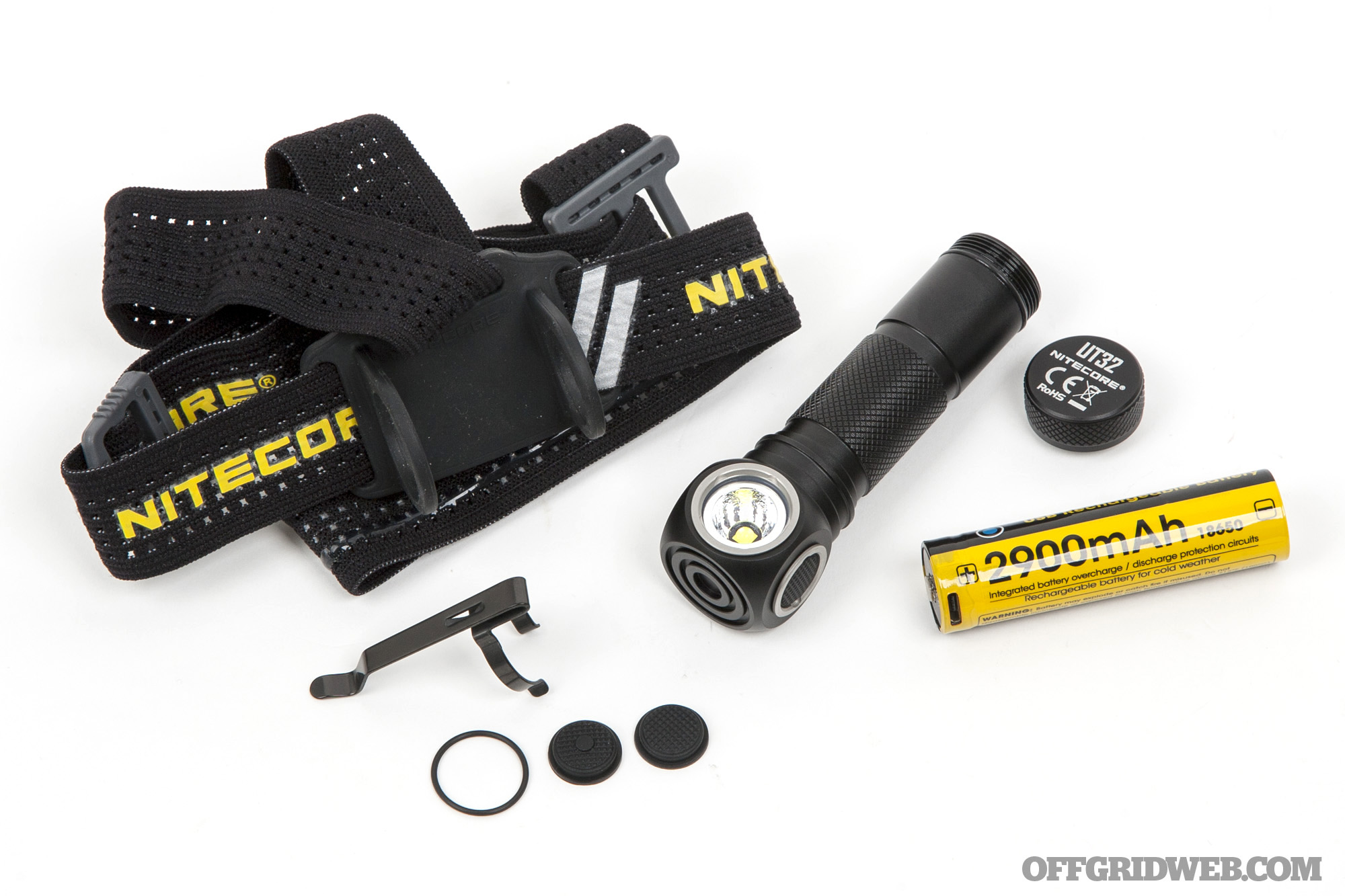
The UT32 includes a headband with rubber mounting bracket, a pocket clip, and spare O-ring and switch covers. You’ll need to supply a power source, either an 18650 or a pair of CR123s. Nitecore kindly sent us one of its own 2,900mAh Low Temperature High Performance 18650 batteries, which includes a built-in micro-USB charge port. Like the HC35 and most other Nitecore lights, this light is IP68 waterproof/dustproof and impact-resistant. MSRP is $75.
Our Impressions of the UT32

In comparison to the HC35, the UT32 feels light and maneuverable. It weighs 2.9 ounces compared to the HC35’s 4.9 ounces, and Nitecore says its mount was designed to maintain an optimized center of gravity while running.
The stretchy headband was also clearly designed with runners in mind. It features breathable perforations and a silicone band to prevent sweat from running down into your eyes. We also appreciate the addition of reflective strips on the outside of the band. Nitecore’s site says these strips “effectively guarantee the safety of the wearer at night” — that seems a bit optimistic, but we can see how they’d improve your visibility on a dimly-lit road or trail.

As for the Coaxial Dual-Output design, we found ourselves using the cool white flood beam most of the time. It’s plenty bright for jogging, hiking, or just walking around a dark campsite. The spot beam has much better throw, but we’d call its 3,000K color a “pale yellow” more than a “warm white.” It does seem to cut through foggy or dusty conditions better than the white color, but not to the degree that we feel it’s a feature we couldn’t live without.
Frankly, we prefer a more traditional dual-output headlamp design with spot and flood LEDs on the same side (the Nitecore HC65 is a good example). It’s simpler to use and nearly as effective, without the complexity of two activation buttons, two opposing reflectors, and a housing that must be rotated depending on the light that’s in use. Still, for those who frequently run or hike in foggy or rainy conditions, the UT32 is a good option.
Pros:
- An appealing choice for runners or hikers who need a long-lasting light source
- Cool flood beam is broad enough for use as an area light, but bright enough to use in wide-open spaces
- Warm spot beam cuts through low-visibility conditions, and nicely complements the flood beam’s pattern
Cons:
- 3,000K light has one purpose — to cut through rain, snow, or fog. If you’re not frequently running in these adverse conditions, you’ll probably use the flood beam most of the time, in which case the second reflector and LED only serve to add complexity and weight.
- With its 18650 battery, this setup is better-suited to long treks where runtime is a concern. For short jogs or casual early-morning hikes, an ultralight headlamp such as the Nitecore HA23, BioLite Headlamp 330, or Streamlight Bandit Pro might be preferable.
For more information on the Nitecore HC35 and UT32, go to Nitecore.com.

